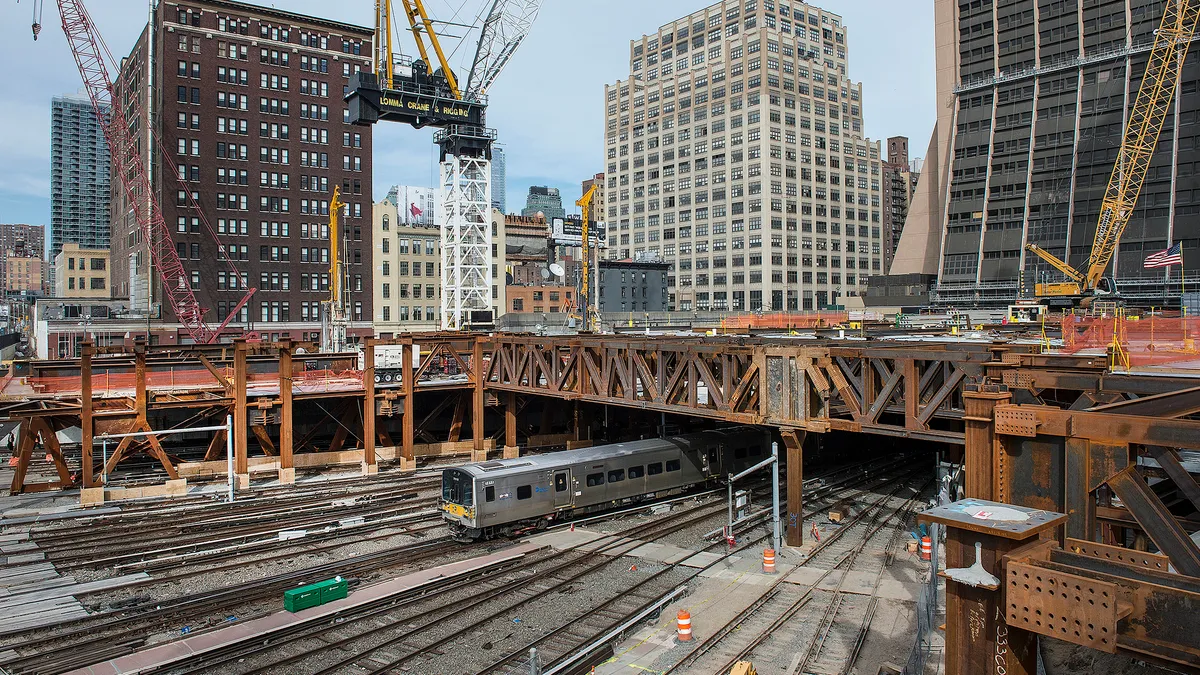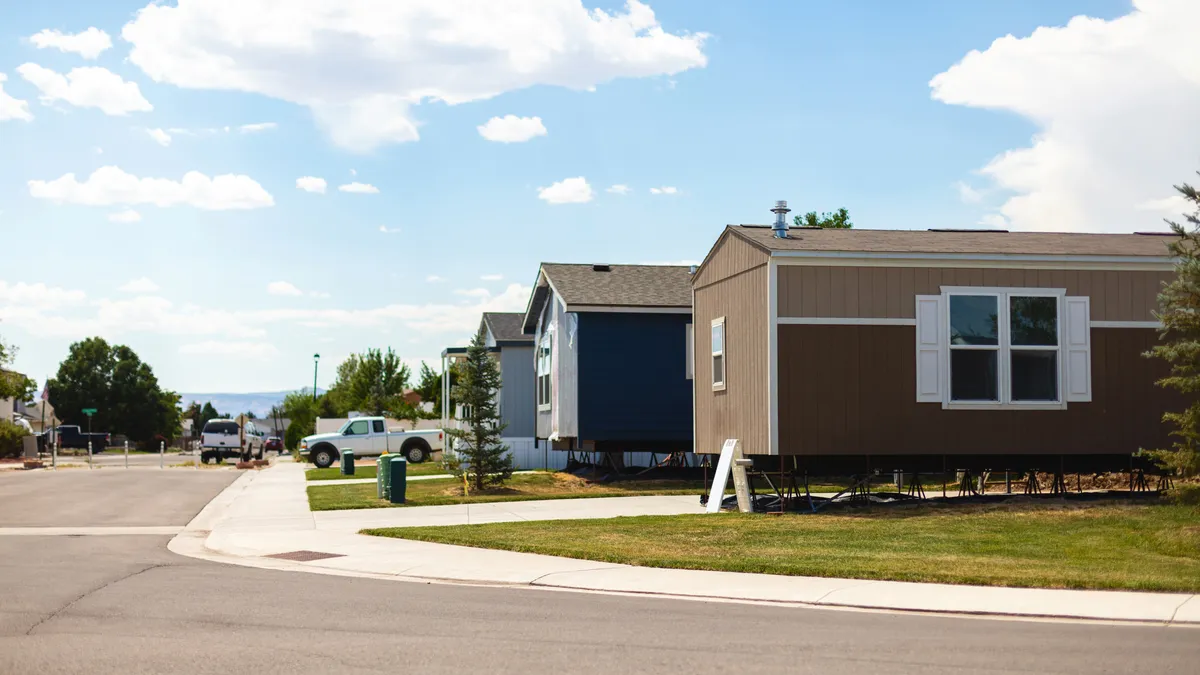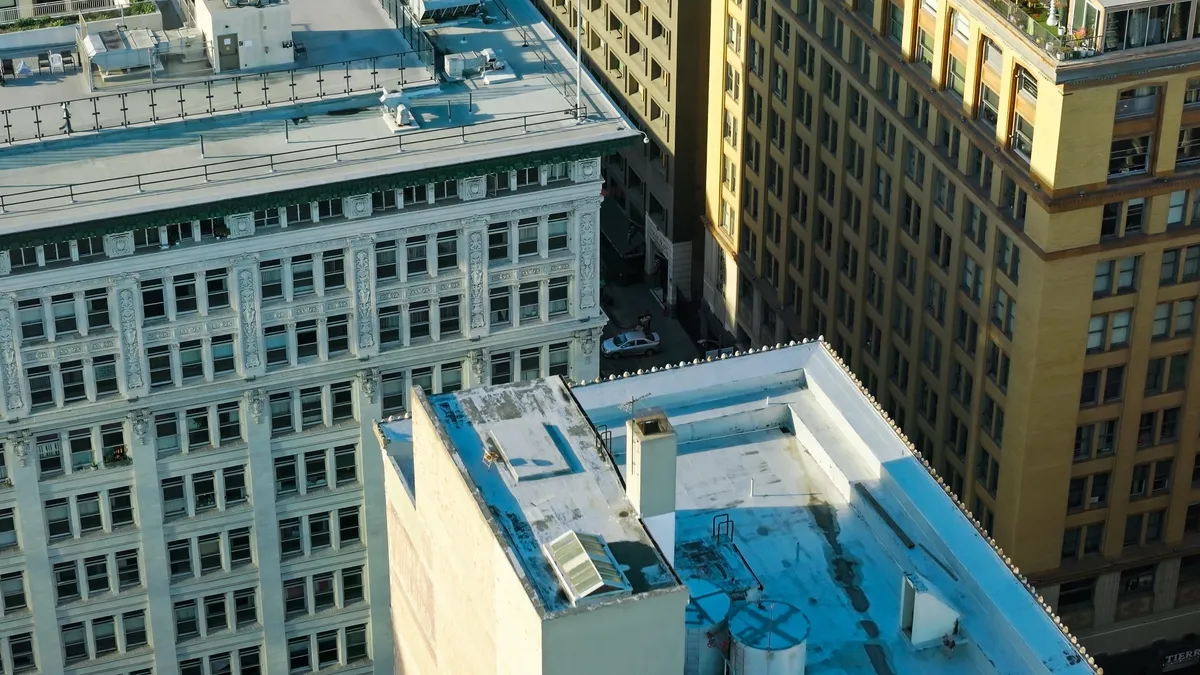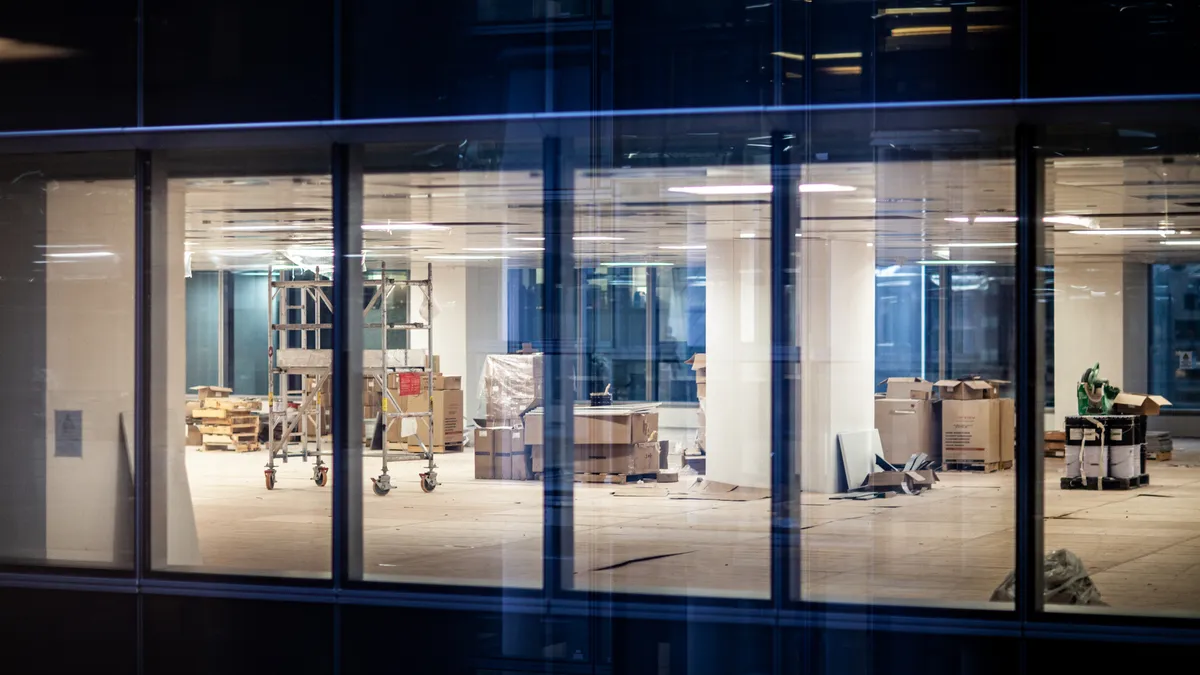New York's "zero waste" goals have attracted plenty of attention for their effect on organics diversion, commercial waste franchising, e-waste collection and just about everything else in between. The waste and recycling volumes coming from the city's building boom are equal if not greater to all of that material, but often receive less attention.
The New York Building Congress estimates that the city saw $42.4 billion in construction spending last year and ongoing work is evident across all five boroughs. In such a dense area this often means that for every building going up, at least one is coming down and there is a constant need to whisk away the resulting construction and demolition (C&D) debris. More than 1,000 haulers are registered to provide that service in some capacity and the latest state data shows as many as 50 facilities are permitted to accept material within the five boroughs.
Yet like any aspect of recycling, diversion rates can range widely both between material types and facilities. This can be influenced by job site separation practices, facility processing capabilities and the availability of local end markets.
As part of an ongoing series of events to develop "Design Guidelines for Zero Waste," AIA New York recently co-hosted an event with Eunomia Research & Consulting at the Center for Architecture to discuss new ideas about C&D recycling. The June 6 event featured panelists from Cooper Tank Recycling, FXFOWLE Architects, Building Product Ecosystems and Eunomia with a small audience of local officials and professionals.
Many ideas were sparked during a morning session moderated by Waste Dive around boosting the circular economy in C&D recycling. Here are a few of the key takeaways.
1. Focus on site separation for sensitive materials
Some processors prefer to sort all material themselves once it arrives from a job site — and will likely do so anyway even with the most well-sorted loads — but multiple attendees made the case for improving material values with better separation practices.
Gypsum wall board was one of the most frequently mentioned examples, along with certain types of carpet and ceiling tile, as something that becomes essentially worthless when commingled.
"The second it gets into a dumpster and it ends up under a piece of concrete, it's done," said Naomi Cooper, vice president at Cooper Tank, during an exchange about gypsum.
About 75% of the 1,200 tons of C&D material Cooper Tank processes on a daily basis is diverted for beneficial uses. Though 35% of that is currently used as alternative daily cover for landfills. Gypsum comprises a large portion of that cover material and is seen as a prime target for diversion.
About 75% of the 1,200 tons of C&D material Cooper Tank processes on a daily basis is diverted for beneficial uses.

Waste Dive
Multiple companies are currently working to keep it separate on job sites, even in tight locations, by providing special containers and coordinating hauling schedules as closely as possible. One audience member estimated the average new office tower in Manhattan might generate up to 1 million square feet of clean gypsum scrap that could be diverted with minimal effort.
Building Product Ecosystems (BPE), an entity originally founded within the Durst Organization to analyze its construction recycling practices, has been particularly focused on gypsum recycling recently. Not only does keeping the material out of landfills capture value, but it can also help mitigate harmful hydrogen sulfide emissions generated in the process.
Amanda Kaminsky, founder of BPE, estimated that only 5% of gypsum was currently being diverted from construction projects. She also shared promising results from job site source-separation, agreeing with a general theme of the event that efficiency was critical.
"These processes need to be easy and streamlined and dovetail with what people are used to doing on a construction site or else it's not going to happen," said Kaminsky.
2. Work to find more end markets
Even if more detailed source separation can happen on job sites, that doesn't always mean local recyclers will have a clear destination for it. Though unlike other regions of the country tip fees in the New York area aren't a driving factor.
"A landfill in New York City is the highest disposal cost and everything else is a cheaper disposal cost from there. So the value exists, you don't need to do much to incentivize it. Because from our perspective we don't want send our material to the landfill, both environmentally and economically," said Cooper.
Instead, the lack of local end markets for certain types of treated wood, PVC vinyl and other materials may limit opportunities. In an ideal circular economy scenario there would be more local end markets for all materials though finding space for any type of waste-related industrial facility presents many challenges. Cooper cited the multi-year process her company has been going through to expand from a one-acre to a five-acre operation as a testament to that reality.
Truly closing the loop would mean incorporating as much of this material back into new construction projects as possible. A variety of examples were brought up about municipal road projects reusing asphalt, or glass from the local Sims Municipal Recycling MRF going into concrete as aggregate, and at the moment many designers are comfortable with the concept.
"In terms of specifying recycling content in concrete and sheetrock and most majorly used products it's pretty standard practice," said Ilana Judah, director of sustainability for FXFOWLE. "I don't think there's a reticence there. I think the only reticence might be it's usually time or money that would impede it happening."
This question of availability, cost or quality is more pronounced when it comes to incorporating reused materials. Judah highlighted an office created for one client that had a salvaged raised floor, tiles, pedestals, wood and other aspects as an example of what was possible. Though multiple people in the audience shared barriers they had encountered in terms of finding a comprehensive inventory of available reused materials for large projects or convincing customers of their reliability when it came to items such as light fixtures.
3. Keep track of materials through 'product passports'
Each aspect of the circular economy conversation around New York's construction sector is a complex one, with many variations depending on the type of project and material. More of it will be addressed in AIA's upcoming release of the Design Guidelines for Zero Waste and by the market itself in the months ahead.
In the most basic sense it follows a similar trend around residential and commercial waste that has led more people to view material left at the curb as a resource instead of a burden. This may be easier for a cardboard box than a multi-layered plastic pouch, but in both cases it's still a matter of better aligning the design process with the recycling process.
Along these lines, the concept of "material passports" was raised as an intriguing idea for future construction. The architecture firm Arup Associates recently demonstrated the concept with a model home in London.
"The concept of the product passport is really important, especially if you are setting out to design for reuse, the second life of a building, and you want to know what the materials are that you're going to be handling when you start to deconstruct and start to pull things apart," said Dominic Hogg, Eunomia's chairman.
Cataloging each piece of the building by composition and source enhances future reuse opportunities, while also recognizing the inherent value of the material itself.
By expanding this idea and others like it, both the construction and the recycling industries can begin viewing their jobs in a much different way. Rather than getting rid of C&D material as quickly as possible to make way for new material — which may or may not included recycled and salvaged content — that material could be carefully moved around over the course of decades. BPE's Kaminsky shared the term "urban mining," the idea of taking material from buildings rather than the ground, as a new way to think about it.
"What if our materials are really just kind of stored temporarily in buildings and then move on to their next life in another iteration rather than thinking about manufacturing, use and disposal?"




















